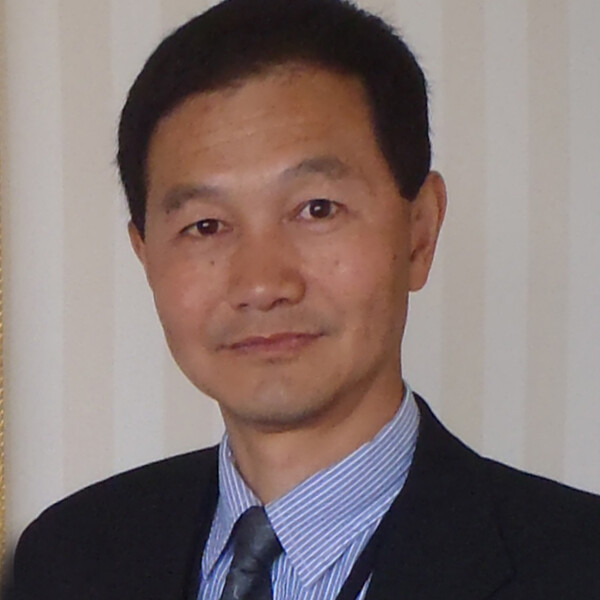Hong-Shuo Sun
PhD

Qualification
- MD, MSc, PhD
Division of Anatomy, Department of Surgery
Institute of Medical Science
Department of Physiology
Department of Pharmacology and Toxicology
Heart and Stroke Richard Lewar Centre of Excellence
Collaborative Program in Neuroscience (CPIN)
Cardiovascular Sciences Collaborative Program (CSCP)
Research Synopsis
Research Interests: Our research interest is in studying the role of ion channels in neuroprotection against cerebral ischemia and stroke, and identifying potential therapeutic targets for stroke. The experimental approaches used in our lab include in-vivo animal models of human diseases in combination with genomic analyses, advanced imaging, electrophysiology, and functional and behavioral assessments. These approaches will allow us to: 1) study the cellular and molecular mechanisms underlying ischemia and stroke; 2) to identify potential molecular targets that are responsible for the hypoxic- and ischemia- induced cell injury; 3) to develop pharmacological strategies for cytoprotection against the cell injury and potential stroke treatment.
Keywords: Ion Channels, Stroke, Ischemia, Neuroprotection, Animal Models of Human diseases, Channelopahty, Drug Development.
Detailed Description: Our research focuses on understanding neurobiology of stress and diseases, including: 1.) the cellular, molecular and functional mechanisms of cerebral ischemia and hypoxia in different species, and 2.) gene and protein alternations after ischemia and hypoxia in different species which could apply to potential neuroprotection in these animal models - using multidisciplinary approaches in combination with molecular biology, biochemistry, advance imaging (immunocytochemistry/immunohistochemistry, confocal microscopy and Laser Capture microdissection), in vivo animal models of stress and diseases (hypoxia, global / focal ischemia), electrophysiology, behavioral and functional assessments, and bioelectric signal approaches (biomedical engineering / instrumentation).
METHODS USED
Cell and tissue culture: Hippocampal cells, neurons.
Procedures: Behavioural tests, electrophysiology, immunohistochemistry, immunocytochemistry, in-vitro electrophysiology, in-vivo electrophysiology, micro and macrostimulation of peripheral nerves and central brain structures, RT-PCR, siRNA, stereotaxic brain surgery, vagotomy, vessel cannulation, western blot.
EQUIPMENT USED
Dissecting microscope, stimulator.
PRESENT TRAINEES
Ekaterina Turlova (MSc/PhD student)
Wenliang Chen (PDF)
Baofeng Xu (PDF)
Xiaoyan Fang (PDF)
Aijiao Xiao (PDF / co-supervisor)
PRESENT COLLABORATIONS
Within the Department of Physiology:
Bev Orser
Zhong-Ping Feng
Scott Heximer
Adria Giacca
Evelyn Lambe
Outside the Department of Physiology:
Yasui Mori, Kyoto University, Japan
Hwa-Sup Shin, Konkuk University, Korea
Gui-Rong Li, University of Hong Kong, Hong Kong
YY Guan, Sun Yat-sen University, China
Guanlei Wang, Sun Yat-sen University, China
Alastair Buchan, Oxford University, UK
ZhiGang Xiong, Emory University, USA
Committee member/officer of national/international scientific organizations
Executive Committee (Communication), Society of Chinese Bioscientists in America (SCBA) Toronto Chapter.
Recent Publications
http://www.ncbi.nlm.nih.gov/pubmed/25448006
Neuronal K(ATP) channels mediate hypoxic preconditioning and reduce subsequent neonatal hypoxic-ischemic brain injury
Appointments
Cross-Appointed
Surgery/Physiology, Pharmacology.
